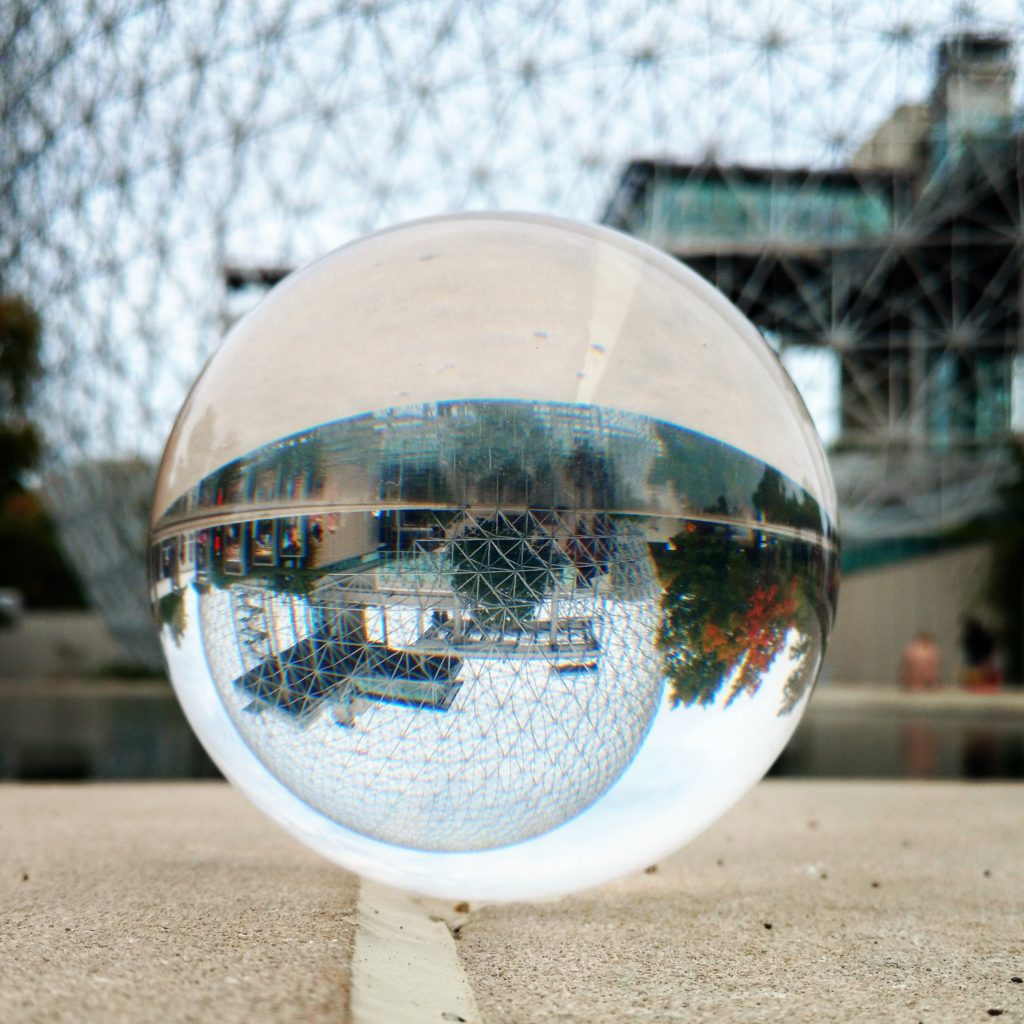
Renowned British scientist and polymath Sir Isaac Newton famously made many of his breakthroughs by clambering up very tall people in order to improve his vision. As modern-day contactivists it is harder for us to form such lanky human pyramids, so instead we must build and extrapolate on the work of those who have come before us to innovate and create. Onwards to the videos…
Here Metra is breaking away from Moschen’s crystal ball aesthetic and harking back to the work done by Tony Duncan before ‘Light’ and ‘The Labyrinth’ exploded in popularity. These silicone balls have a grippy surface so the balls need to remain separate, however in a great example of taking a limiting factor and making it into a feature; this becomes advantageous for manipulating the props in different planes. This vertical plane really demonstrates the use of antispin and isolation patterns, ideas which have cross-pollinated from ring, staff and poi manipulation.
Pilolip’s work is at the more extreme end of Illusion style, though there may seem be little in the way of ‘technical’ variety the focus is instead on perfecting very subtle aspects of contact and body control. Dance techniques and speed control are layered to enhance the illusion, creating a deceptively minimalist style markedly different from more juggling-centric definitions.
Here the focus of body awareness and control shifts from the illusory side of contact and is instead used to create big, ambitious body rolls integrated with gymnastic body movement. Jeanine also uses a prop that is aesthetically different to Moschen’s, the larger 125mm balls are quite a bit easier to control during rolls and more dynamic balances, they can also be trapped and gripped far more easily than an acrylic, all of which opens up very different possibilities.
Teku’s the contact juggler that toss jugglers like. Okay that’s a generalisation, but it’s really interesting how much crossover interest there is with his style. We see a very logical and technical approach of taking a concept and exploring the depth of variations it may contain, the focus is less on performance or presentation (even though it usually looks ridiculously good), but more on creativity and variety. This is also a great example of how multiball can be approached very differently, taking it out of the hands and incorporating ideas from body rolling and toss juggling.
This is a tiny slice of what’s going on right now, I’m not trying to establish these videos as archetypes for what contact is. What I want to demonstrate is that all of this can be considered contact and this is why definitions can be troublesome to pin down, everyone brings their own background and vision with them and contact is still malleable enough that there’s space for all these ideas.
Featured photo: Library of Congress, Rosenwald 4, Bl. 5r